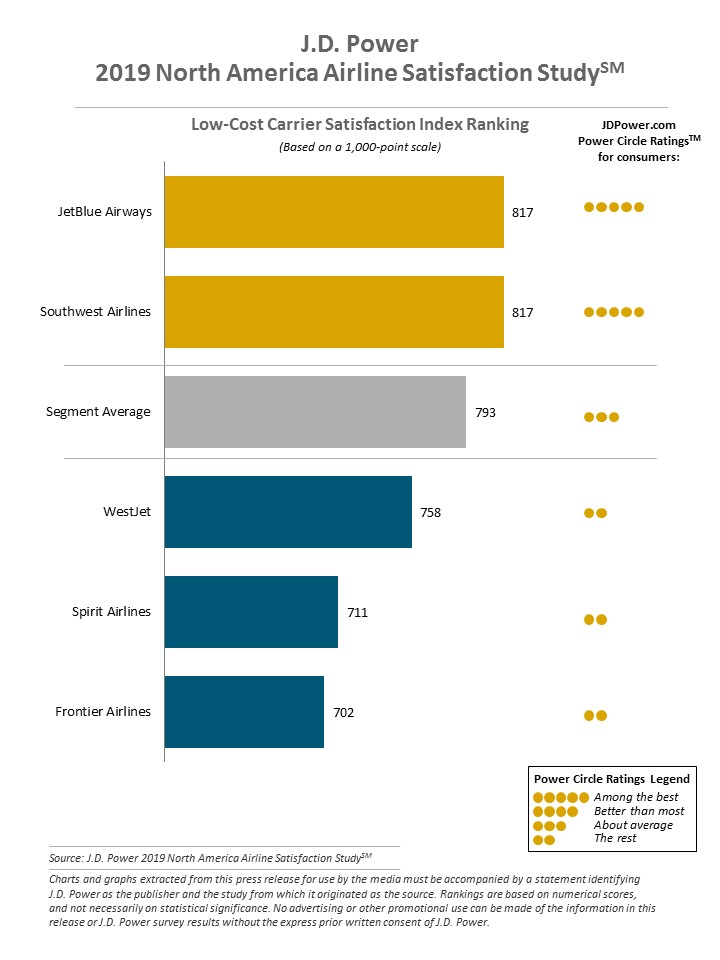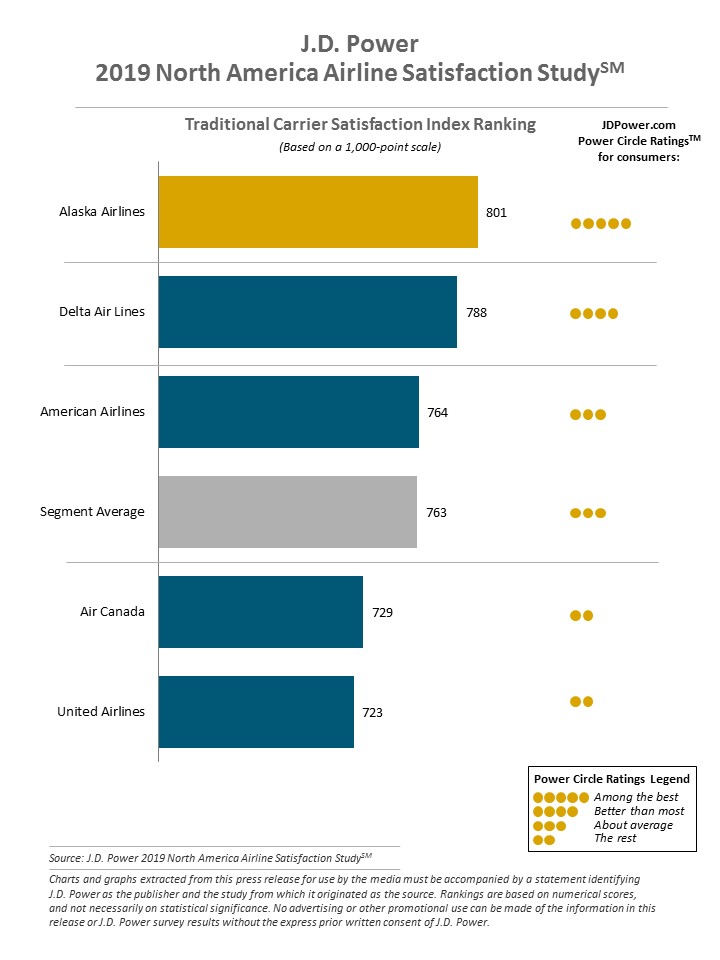
Eventful News: Changes in Transport, the Shifting Value of Speakers, & More
If there’s one thing you can count on as an event planner, it’s change ” and this week’s news is full of it. From shifts in the way attendees travel, to changing expectations around speakers, and even a bold new step in F&B, there’s no shortage of change to keep up with in these five must-read stories.
Keep your finger on the pulse of the industry with these five event news updates.

1. Will Driverless Cars Disrupt Traditional Means of Travel Between States? (Meetings & Conventions)
TLDR
Driverless cars will change travel habits at more than just the community-level, argues Meetings & Conventions. Citing their recent in-house research, the industry news outlet argues that auto travel between states will ultimately become more attractive in a world where travelers can kick back for the ride.
Sure, a ten-hour drive from Atlanta to DC may sound terrible today, but the equation changes significantly in a driverless world. The convenience of skipping bag checks, the ability to work in the car, and even the potential for in-car beds all factor into why more and more travelers may prefer to keep wheels to the road ” despite the longer travel time.
Over time, people will feel comfortable using autonomous cars¦ just like they adjusted to riding in the first automobiles. -Stephen Rice, Meetings & Conventions
What does it mean for planners?
Public transportation ” especially to and from the airport ” top the list of current venue sourcing concerns for planners. But as driverless cars become more popular, the possibility for hosting events in remote and unfrequented locations will become a distinct reality.
Sure, travelers may opt to make the entire journey via driverless car in a matter of years. However, in the nearer future, there are large implications for using airline travel in tandem with driverless automobiles to get attendees to the fresh, unique destinations they desire. Attendees could land in a city like Denver and be whisked away to a retreat in the Rocky Mountains, all without ever having to touch a gas pedal.
What’s next?
While these possibilities all have positive implications for planners and their events, there’s still no clear timeline for the widespread availability of autonomous vehicles. As the technology is slowly released into the wild, it will take time to transition from a novelty, to a luxury, and finally a viable option for the masses.
Further Reading: 19 Event Trends That Will Affect You in 2019
2. Are Big-Name Speakers Worth the Bill? The Answer Is Complicated (Skift)
TLDR
Sure, when Bill Clinton or Oprah are on the ticket, the possibility of selling out the event increases. But is that big-name speaker actually the best speaker for the job? Skift points out that while big names may equate ticket sales, they don’t always guarantee engagement or other forms of ROI beyond attendance.
With some big names boasting six-figure speaking fees, the cost of the name and the hassle of integrating a random celebrity into the objective may not be worth the head- or wallet-ache. Some industry professionals say a lower-profile speaker who better fits the messaging theme could leave a more poignant and lasting impression on attendees.
Planners need to determine the client’s message and conference objectives first then decide which speaker can communicate the message and brand to the audience in an engaging manner. Make the speaker and message fit like a glove and questions of ROI will answer themselves. -Chris Ryall, Skift
What does it mean for planners?
At the end of the day, ROI is the name of the game for clients who turn to planners for management of large-scale events. But producing that ROI isn’t quite as simple as putting the big name on the ticket or saving money by opting for the layman speaker. Really, it’s about finding the right balance that spurs attendance while truly communicating the message or theme.
The reality is that, without an interactive element, neither type of speaker may truly appeal to millennial audiences. Whether it’s the opportunity to meet and greet the speaker, ask questions via live polling software, or something else altogether, a fresh approach to presentation is ultimately as important as the presenter.
What’s next?
As meetings and events continue to evolve, planners should seek out creative solutions that help reduce the price of big-name speakers or boost the appeal and impact of those with a lower profile.
On the one hand, virtual attendance or virtual presentations offer planners a means of cutting down on speaker costs via technology. On the other, more interactive presentation formats are possible to scale across the entire event agenda, possibly offering a more holistic positive impact in line with the event purpose.
Further Reading: 4 Engaging Event Concepts for an Amazing Attendee Experience
3. A New Marriott F&B Program Gives Groups a Taste of San Diego (Meetings Today)
TLDR
Adjacent to the San Diego Convention Center and fresh off a $100 million transformation, the Marriott Marquis San Diego boasts 1,360 guest rooms and 136,000 sq. ft. of meeting space. Pair that with a new immersive F&B program, and it’s safe to say the hotel is making a big play for meetings business.
Coined Neighborhood, the program aims to bring authentic local specialties and cultural offerings to life through chef-crafted menus and inspired decor. Groups can take in an immersive gastronomic tour of the city via local themes such as Little Italy, Gaslamp Quarter, and Barrio Logan ” all while enjoying the marina views of the Marriott’s incredible terrace.
The Neighborhood event experience gives planners creative power to design an authentic, one-of-a-kind experience of San Diego’s culinary culture. We believe in weaving the ease of our state-of-the-art property with San Diego’s vibrant gastronomic landscape to fully immerse guests in our city’s sights, sounds, and flavors.” -Tim Herrmann, General Manager
What does it mean for planners?
The call for authentic local experiences has been loud and clear from attendees ” with F&B amongst the frontrunners on the list. The Neighborhood concept is a clear play from Marriott to meet these expectations onsite, thus avoiding the loss of corresponding F&B dollars to local suppliers.
As more and more hotels adopt similar ideas, it will open up options for planners to potentially provide attendees authentic dining experiences on-property. In doing so, planners may save time, money, and headache over taking attendees offsite and, in doing so, having to deal with multiple suppliers.
What’s next?
As similar concepts arise in the long run, the question will become whether attendees see an experience as being truly authentic if it’s still within the walls of the hotel. Planners who roll the dice will have to track attendee satisfaction closely, surveying guests to see what local really means. The answer has big implications for hotels and planners alike.
Further Reading: 8 Food Trends Both Planners & Caterers Need to Know
4. Cvent Acquires DoubleDutch to Pad Event App Offering (Tech Crunch)
TLDR
Tuesday, Cvent announced its second acquisition in less than a month, rolling out the purchase of event app DoubleDutch. The DoubleDutch suite of tools includes both mobile and web apps that allow planners to set up and monitor the success of their events ” from event registration, to content management, and even an attendee-facing engagement app.
Just under three weeks after Cvent’s acquisition of Wedding Spot, the move places DoubleDutch in an expanding portfolio alongside two similar acquisitions from 2018: QuickMobile and CrowdCompass.
By adding DoubleDutch’s industry expertise to Cvent, we accelerate our investment in mobile event technology. We are also proud to welcome the talented DoubleDutch team to our more than 4,000 Cventers worldwide. Together, we will continue to drive innovation in how attendees engage at events. -Reggie Aggarwal, Founder & CEO of Cvent
What does it mean for planners?
The acquisition further expands upon an impressive and growing arsenal of tools that now live together under the Cvent umbrella. Take the growing importance of pre- and post-event engagement, add the difficulty planners have in tracking and proving ROI, and you’ve painted a clear picture of where DoubleDutch brings value to the table for planners.
While the capabilities of DoubleDutch overlap with many of the functions of QuickMobile and CrowdCompass, Cvent users will be able to choose between three strong tools in the interim.
What’s next?
In the long-term, Cvent is now well-situated to roll out a new and improved event app offering. Drawing on the expertise and innovation of its newly acquired teams, it will be interesting to see whether the event tech leader eventually rolls these app concepts into its already robust platform or maintains a choose-your-own-adventure model. One thing’s for sure: It’s a platform that’s only getting sweeter for planners.
Further Reading: Eventful News: Cvent Acquires Wedding Spot & More
5. J.D. Power Releases Airline Satisfaction Report (JD Power)
TLDR
It might just be the golden age of air travel. At least that’s what J.D. Power 2019 North America Airline Satisfaction Study reported when it was released at the end of May. Continuing an eight-year growth trend, overall consumer satisfaction across airlines shot up another 11 points over last year.
While the low-cost segment saw overall satisfaction drop 6 points, traditional carriers showed significant growth with 22 points over 2018 scores. Gains were attributed in part to tech investments in reservation and check-in systems, but in-flight service still remains a stumbling block ” it’s ranked the lowest part of the traveler experience.
New technology investments have dramatically improved the reservation and check-in process. Fleets are newer and travelers generally feel that they are getting great value for their money. These improvements have been most profound in the traditional carrier segment, where customer satisfaction has climbed considerably. -Michael Taylor, Travel Intelligence Lead at J.D. Power
What does it mean for planners?
Inside the report, planners can find an airline-by-airline breakdown of satisfaction scores (see images below). Amongst traditional carriers, Alaska airlines tops the charts for the 12th year in a row. In the low-cost segment, Southwest and JetBlue share the highest score.
With airline transportation as the first and last piece of the overall event experience, picking the right airline is the ticket to making the best possible first and last impressions on attendees. For planners booking group airfare, these airline rankings are a fantastic resource to do just that.


What’s next?
With 12 years of continued growth, the airline industry continues to invest time and resources in improving the overall experience ” especially through technology. Look to airlines to focus more efforts on in-flight services, especially now that registration and check-in have become more streamlined.
Come back to our blog next Thursday for another roundup of the most important event news of the week!
Published June 13, 2019

